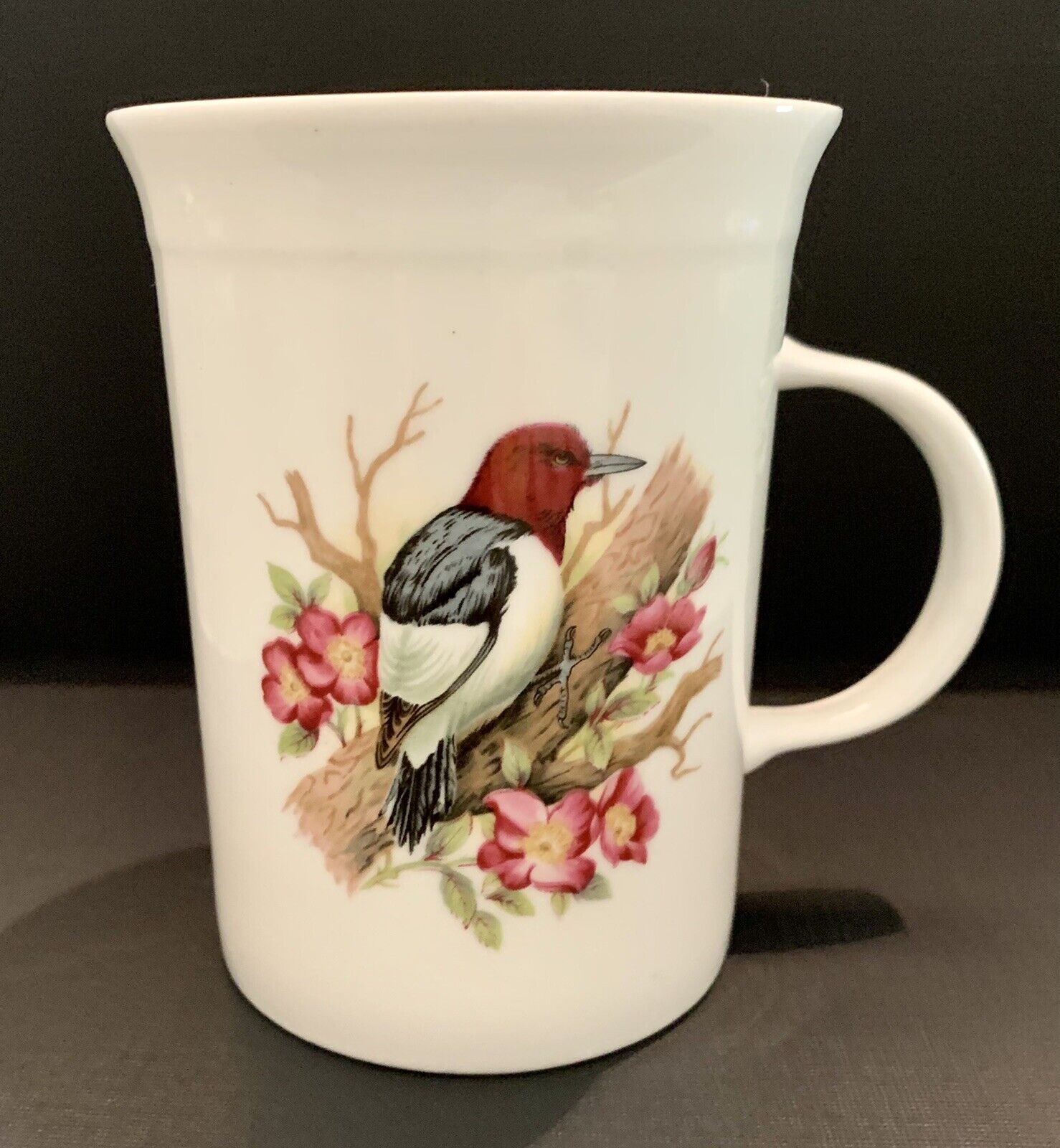-40%
ROLLER 1896 GORGEOUS Colour Print - BIRD Great Britain Africa ART FOR designerS
$ 11.08
- Description
- Size Guide
Description
GORGEOUS ROLLER BIRDThe Rollers are an
Old World
family,
Coraciidae, of
near passerine
birds
. The group gets its name from the aerial acrobatics some of these birds perform during courtship or territorial flights. Rollers resemble
crows
in size and build, and share the colourful appearance of kingfishers and bee-eaters, blues and pinkish or cinnamon browns predominating. The two inner front toes are connected, but not the outer one.
They are mainly insect eaters, with
Eurystomus
species taking their prey on the wing, and those of the genus
Coracias
diving from a perch to catch food items from on the ground, like giant
shrikes
.
Although living rollers are birds of warm climates in the Old World, fossil records show that rollers were present in North America during the Eocene.
[1]
They are monogamous and nest in an unlined hole in a tree or in masonry, and lay 2–4 eggs in the tropics, 3–6 at higher latitudes. The eggs, which are white, hatch after 17–20 days, and the young remain in the nest for approximately another 30 days.
Purple roller
(
Coracias naevius
)
Indian roller
(
Coracias benghalensis
)
Indochinese roller
(
Coracias affinis
)
Purple-winged roller
(
Coracias temminckii
)
Racket-tailed roller
(
Coracias spatulatus
)
Lilac-breasted roller
(
Coracias caudatus
)
Abyssinian roller
(
Coracias abyssinicus
)
European roller
(
Coracias garrulus
)
Blue-bellied roller
(
Coracias cyanogaster
)
Blue-throated roller
(
Eurystomus gularis
)
Broad-billed roller
(
Eurystomus glaucurus
)
Oriental dollarbird
(
Eurystomus orientalis
)
Azure dollarbird
(
Eurystomus azureus
)
A beautiful colour print taken from "Lloyds Natural History" published in 1896 by Edward Lloyd and edited by R. Bowdler Sharpe. Considered to be the first fully comprehensive & autoritative publication on wild animals throughout the world with very accurate, bright and strong colours.
Very good overall condition with bright colours. Size approx 7" x 4.5" with good margins, perfect for mounting and framing.
IN GOOD+ CONDITION.
PAPER MAY HAVE A SPECK OR A WRINKLE OR WAVE BUT OVERALL
HIDDEN WITHIN THE PAGES FOR OVER
125 YEARS - THE COLOR IS STILL VIBRANT
AND WILL LOOK GREAT UNDER GLASS.
This affordable vintage, hard to find bird print
will Delight any BIRD ART ENTHUSIEST!
THE REVERSE IS BLANK
NOT A REPRODUCTION.
Your item will be shipped flat & securely protected against damage,
carefully packaged to prevent bending or moisture during transit.
I have been selling on Ebay since 1998 and have sold over 6000 items,
mostly vintage canine and equine prints and collectibles. I ship safely and quickly.
Thank you for buying from me!!
Rollers can be identified as medium-sized birds with strong, slightly hooked beaks and stocky bodies, often with brightly colored plumage.
Rollers resemble
crows
in size and build, ranging from 25 to 27 centimetres (10–11 in) in length. They share the colourful appearance of kingfishers and bee-eaters, blues and pinkish or cinnamon browns predominating.
The rollers are similar in general morphology to their relatives in the order
Coraciiformes
, having large heads on short necks, bright
plumage
, weak feet and short legs. The two inner front toes are connected, but not the outer one.
The weakness of the feet and legs is reflected in their behaviour, rollers do not hop or move along perches and seldom use their feet other than for occasional lurching leaps along the ground pursuing escaping prey. The bill is robust, and is shorter yet broader in the genus
Eurystomus
, sometimes known as the broad-billed rollers. The broad-billed rollers have brightly coloured bills, whereas those of the
Coracias
(or true) rollers are black. Other differences between the two genera are in wing length; the more aerial
Eurystomus
rollers have longer wings (and shorter feet still) than the
Coracias
rollers, this reflects differences in their foraging ecology.
Their calls are "repeated short, gruff caws".
Distribution and habitat
The rollers are found in warmer parts of the Old World. Africa has most species, and is believed to be where the family originated. This is supported by the fact that the related ground-rollers are found on Madagascar.
The
European roller
is completely
migratory
, breeding in Europe and wintering in Africa, and the
dollarbird
also leaves much of its breeding range in winter. Other species are sedentary or short-range migrants.
These are birds of open habitats with trees or other elevated perches from which to hunt.








